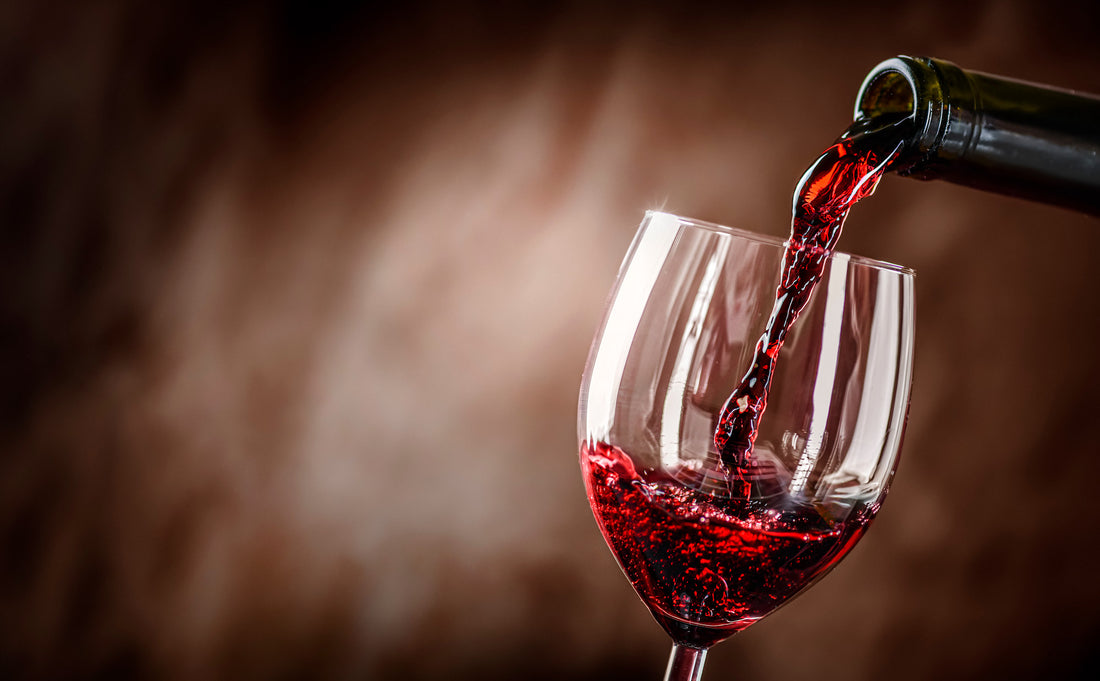The world of wine, particularly fine wine, can seem daunting. Some wine professionals can use obscure terms when describing wine – what does ‘foxy’, ‘racy’ or ‘breed’ have to do with how something tastes?! And while there is a lot to know, getting to basic understanding isn’t just easy, it’s also great fun.
At Perfect Cellar, our mission is to make drinking finer wine accessible to everyone. To help you do just that, in this wine guide for beginners we’ll give you an introduction to the wonderful world of wine.

Types of wine
Not so long ago there were three main types of wine:
-
Red wines – made by pressing black grapes and leaving the juice in contact with the skins to give the wine its colour. To learn more about red wine, read our red wine guide
-
White wines – made mainly from white grapes, though you can make white wine from black grapes. This is because with relatively few exceptions, grape juice is the greenish-gold you see in white wines. A few grapes such as Germany’s Dornfelder and Geogia’s Saparavi do give red juice, but these are rare. To learn more about red wine, read our white wine guide.
- Rosé wines - these are usually produced from black grapes, though some use a blend of black and white varieties. High-quality rosé wines are made be pressing the grapes and allowing them a little time laying on the black grape skins so they can turn pink. You can simply mix red and white wines, but that’s less common these days.
Recently, another style of wine has come on to the scene, orange wine. Orange wines, as you may have guessed are orange. They get their pretty colour by being left in contact with their skins, sometimes for months on end. The resulting wines are often full flavoured like a red wine, but with the refreshing quality of a white.
Styles of wine
Most wines fall into the following categories:
-
Dry wine – calling any liquid dry does seem a bit odd, but it refers to the amount of sugar in the wine. After fermentation most wines will be left with what’s called ‘residual sugar’ in them. This is sugar that’s not been turned into alcohol during fermentation and which can add to the wine’s character. Most red, white, rosé and sparkling and wines are dry. The case of sparkling wines the label may bear terms such as ‘Brut’, ‘Secco’, or ‘Seco’.
-
Sweet wine – the most misunderstood and wonderful wines in the world, these golden treats can be spectacular with cheeses, seafood pâte or fruity puddings. One of the most expensive and difficult wines to produce, the finest ones are produced owing to a fungus, botrytis cinerea or ‘noble rot.’ Noble rot ‘attacks’ grapes in the autumn, drinking some of the juice and leaving it fantastically concentrated and sweet. How sweet? Well, a litre of Coca Cola has around 108 grams of residual sugar per litre. A bottle of sweet wine from Bordeaux such as Sauternes can have over 220 grams.
-
Sparkling wines – often made from a combination of white and black grapes. Champagne, for example, is often a blend of Chardonnay plus two black gapes, Pinot Noir and Pinot Meunier. The really interesting thing about sparkling wine is how you get the bubbles in the bottle. The finest sparkling wines – including champagne, cava, and English fizz – is ‘bottle fermented’. This involves the wine undergoing a second, non-alcoholic fermentation in a bottle. This produces carbon dioxide which gets dissolved in the wine and makes it fizzy. To learn more about sparkling wine, read our sparkling wine guide.
- Fortified wine – this covers a wide range of red and white wines, the most famous being Port and Sherry. They are called fortified wines as the wines are ‘fortified’ by adding grape spirit or brandy to them. These wines can be sweet or dry.
Like to know more about wine?
We hope you’ve found this guide to the ten green bottles you need in your wine rack helpful. If you’d like to explore the world of wine, why not become a Perfect Cellar member? With our exclusive TastingBOXES, interactive tastings via Alexa, and an incredible range of fine wines, we have everything you need to enjoy finer wine. Perfect.
You may also be interested in reading our more in-depth red wine guide, white wine guide and sparkling wine guide.


